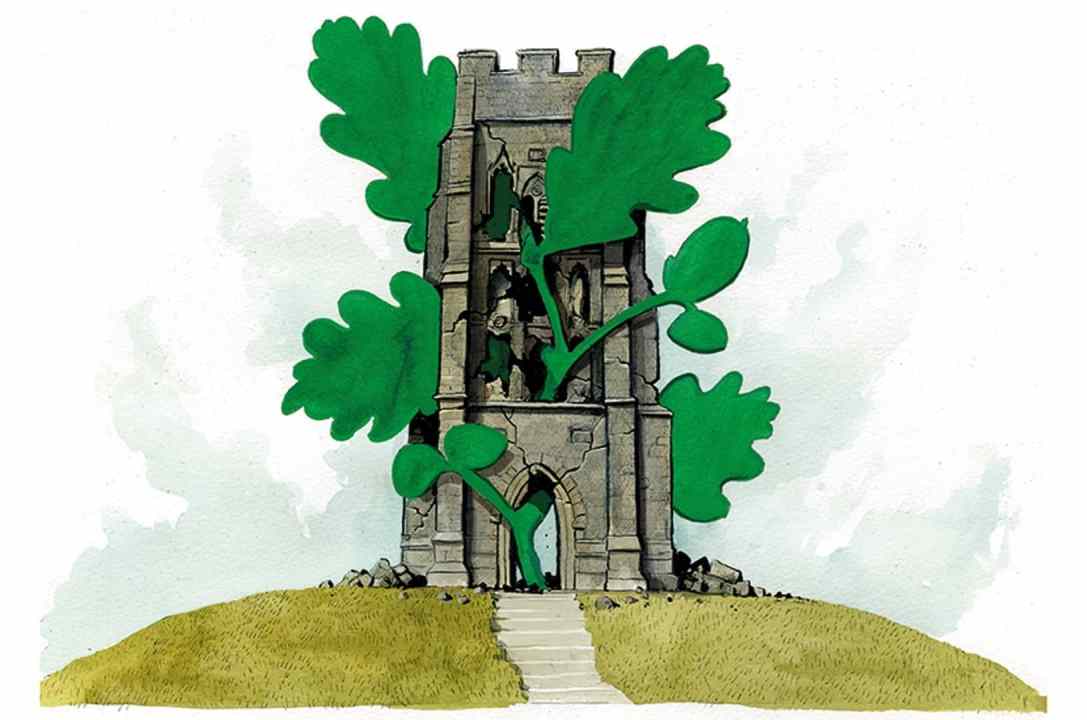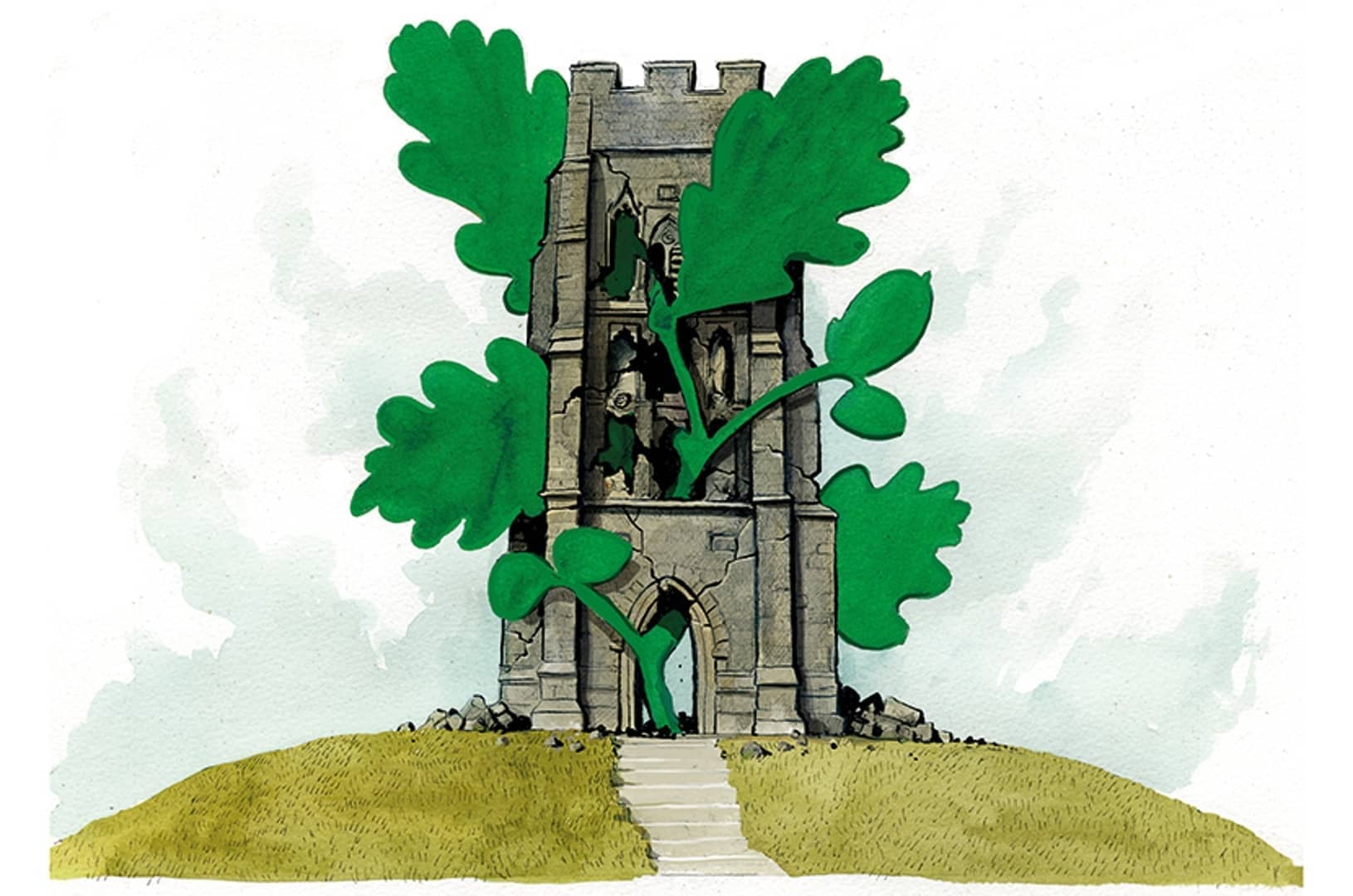Yesterday, at the Trust’s AGM, Restore Trust – the body which wants to stop the dumbing-down and politicisation of the Trust – didn’t win.
But it has made an enormous impact for a body which was only set up last summer and now has 20,000 members and a £60,000 war chest.
Restore Trust put forward three resolutions. It won one of them: a proposal to disclose in full the pay of the National Trust’s senior staff. It lost the other two: one regretting the loss of expert curators; the other deploring the recent treatment of volunteers.
The scale of the loss, though, was small – by 54,708 votes to 57,164 on curators; by 56,267 to 59,015 on volunteers. In both cases, the Trust only won because they used their 20,000 or so discretionary votes.
I must confess that I am a member of Restore Trust. Still it’s undeniable that this new body has had a massive effect on highlighting the dumbing down and politicisation of the National Trust over the last decade.
That process has accelerated over the last two years. Last year, the Trust revealed its ten-year strategy: to ‘dial down’ its position as a cultural institution and row back from being the custodian of the English country home. They planned to put collections in storage and prioritise being a ‘gateway to the outdoors’. The Trust said the ‘outdated mansion experience’ is serving a ‘loyal but dwindling audience’.
Then came the Trust’s report last September, listing 93 of its properties and places – about a third of the total – with links to colonialism and slavery.
The idea of that report would be fine if it wasn’t full of mistakes and sloppy research. As the Telegraph’s Charles Moore has pointed out, the Trust’s report on Lord Curzon, owner of Kedleston Hall, was riddled with errors.
At Croome Court, Worcestershire, the Trust arranged a mock protest against an 18th-century Lord Coventry for evicting tenants and demolishing their homes. In fact, Coventry replaced his tenants’ houses with better ones. At Stourhead, Wiltshire, a pointless, huge, white cube has been dumped in the elegant front hall, inscribed with the words, ‘Why do objects matter?’
I’ve been recording this pointless dumbing-down at Trust properties for years. At Hughenden Manor, the Buckinghamshire home of the great Victorian Prime Minister Benjamin Disraeli, the Trust’s literature talked about Disraeli’s climb into ‘high soceity’. Isaac D’Israeli, Disraeli’s father, was called ‘Isaace’; closely was spelt ‘closey’.
The growing success and prominence of Restore Trust only helps to expose these disastrous tales. And the National Trust has responded crazily, by attacking Restore Trust, which is almost entirely made up of its own members.
A fortnight ago, a National Trust spokesman declared, ‘Our founders set out to protect and promote places of historic interest and natural beauty for the benefit of the nation. That means we are for everyone. Whether you’re black or white, straight or gay, right- or left-wing.’
Their statement implied that Restore Trust takes against individuals from different backgrounds. That’s completely untrue. All Restore Trust wants to do is what the Trust spokesman proposed: protect historically interesting, beautiful places.
Neil Bennett, a director of Restore Trust and the CEO of Maitland, the PR firm, told me, ‘In reality, whatever the voting outcome, we’ve won this round,’ says Bennett. ‘We are a pressure group and we’ve certainly put pressure on the Trust to stop being so Maoist in their behaviour.’
I hope the close votes yesterday at the AGM make the National Trust think again. They should invite Restore Trust inside their tent and listen to their advice on how to prevent further catastrophic intellectual decline at the National Trust.
Then we can all go back to doing what we really want to do – visit Britain’s most beautiful houses and landscapes in peace.







Comments